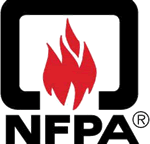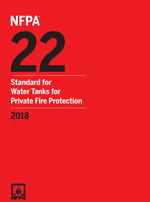Description
Implement the latest best practices for industrial fire protection and fire safety with the most advanced edition of NFPA 68.
Reflecting changes in technology, recent fire experience, and current fire safety practices, NFPA 68 Standard on Explosion Protection by Deflagration Venting applies to the design, location, installation, maintenance, and use of devices and systems that vent the combustion gases and pressures resulting from a deflagration within an enclosure so that structural and mechanical damage is minimized.
This flexible Standard includes a performance-based option, including self-contained chapters supporting the performance-based aspect.
Major technical changes help you apply requirements and determine the right protocols. In this edition:
- New requirements are included to adjust the KSt values for certain metal dusts if the KSt value was obtained in a vessel smaller than 1 m3.
- An added equation helps you determine the hydraulic diameter for rectangular enclosures.
- A reorganized chapter on venting gas mixture and mist deflagrations clarifies the order and applicability of the various adjustments and corrections to required vent area. A new annex shows you how to implement the equations and calculation procedures, including partial volume effects.
- New requirements for determining Pmax, that replace requirements for determining KG, with revised equations for determining the turbulent flame enhancement factor.
- A reorganized chapter on venting dust and hybrid mixture deflagrations provides rules in the order they’re applied in the field.
- A revised equation helps you determine vent area for elevated or subatmospheric pressure, with an example calculation added to the annex.
- Revised method of determining enclosure volume for dust collectors helps users calculate safe vent areas.
- Requirements for the use of plastic buckets in bucket elevators, previously in the annex, are now in the body of the Standard.

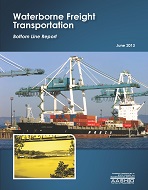 Waterborne Freight Transportation: Bottom Line Report
Waterborne Freight Transportation: Bottom Line Report 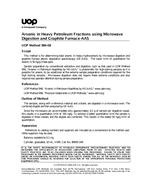 UOP 986-08
UOP 986-08 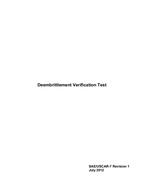 SAE USCAR7-1
SAE USCAR7-1 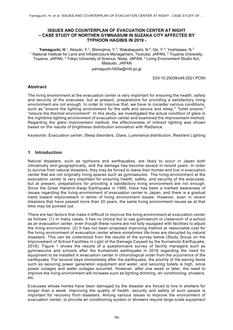 CIE x048-PO50
CIE x048-PO50 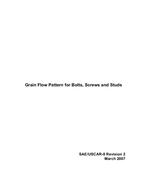 SAE USCAR8-2
SAE USCAR8-2 

